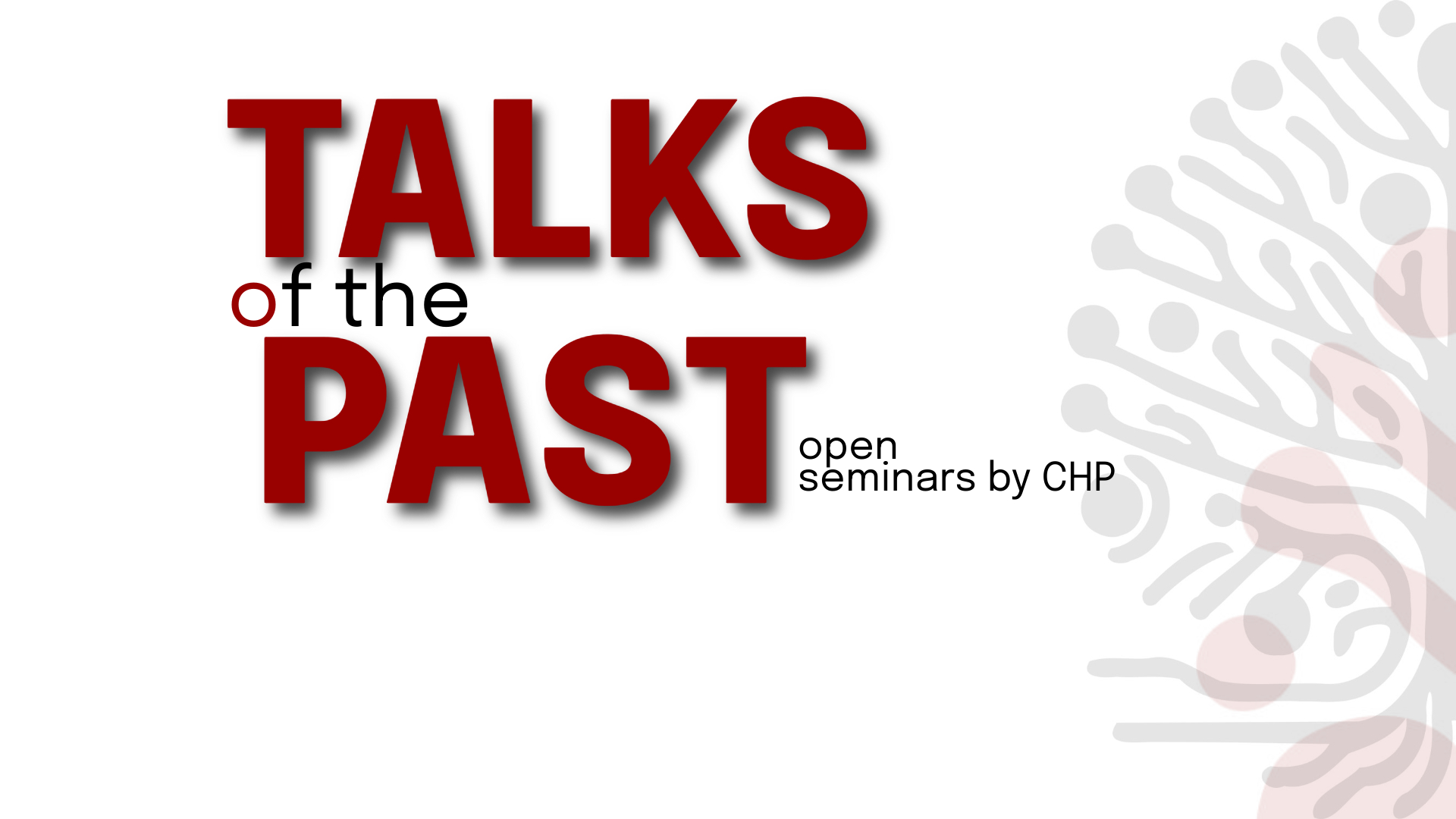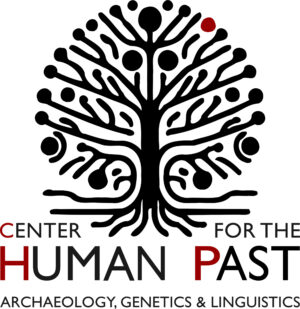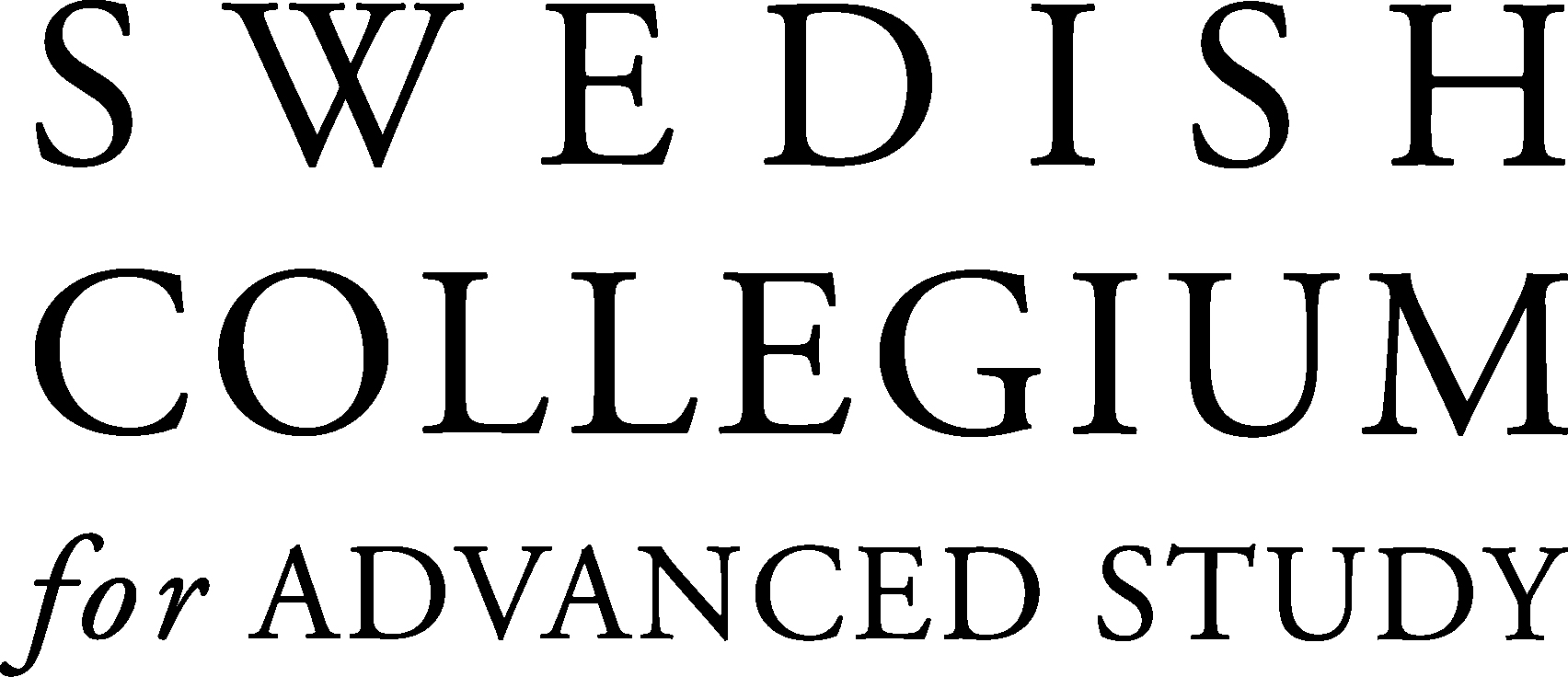
Talks of the Past (ToP) Open Seminar, Nov 6th, 2024: New linguistic and archaeogenomic perspectives on the origin and spread of the Germanic languages, speaker Guus Kroonen
Blåsenhus, UU, lärosal 21:136 von Kraemers allé 1, Uppsala, SwedenSynopsis The Germanic languages, including English, German and the Nordic languages, are widely assumed to have dispersed from Southern Scandinavia after the Pre-Roman Iron Age. However, the demographic processes behind their diversification are not yet fully understood. In addition, it is currently not known when and from where the Germanic language group arrived in Scandinavia. […]




